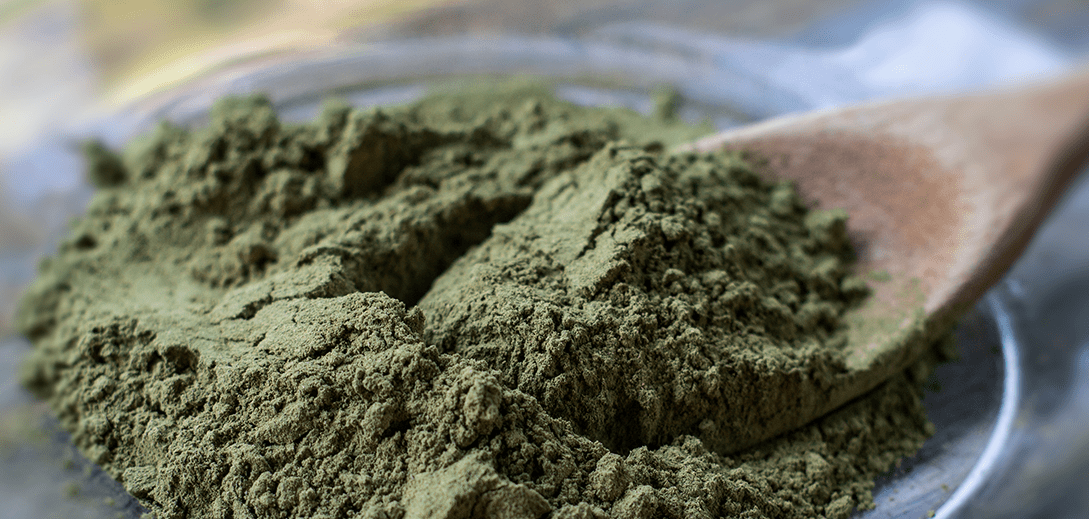Kratom
-- { Thang, Krypton, Kakuam, Thom, Ketum } --
Kratom, or Mitragyna speciosa, is a tropical tree belonging to the coffee family that’s been used in traditional medicine since the 19th century. It’s a diverse drug that produces a different high depending on the dosage: at a low dose it has stimulatory effects, whereas at higher doses, opioid-like sedative and euphoric effects occur.
What is Kratom?
Kratom, botanically known as Mitragyna speciosa, is a tropical evergreen tree indigenous to Southeast Asia, found primarily in Thailand, Indonesia, and Malaysia. This plant, a member of the coffee family, thrives in the humid climate and nutrient-rich soil of these regions. The leaves and bark of kratom have been utilized for centuries in traditional medicine, known for their varied psychoactive properties. In contemporary practice, these leaves, once dried, are commonly crushed into a powder or used to make extracts, capsules, or brewed as tea. The use of kratom has spread globally, primarily for self-medication purposes, including pain management, mood enhancement, and mitigation of withdrawal symptoms from opioid addiction. However, it's important to note that while it has a long history of traditional use, kratom is not officially recognized as a medical treatment in many countries due to a lack of extensive clinical studies and concerns about safety and potential for abuse.



How it Works
Kratom owes its psychoactive properties to a host of alkaloids, but two in particular stand out: mitragynine and 7-hydroxymitragynine. These two compounds are mainly responsible for kratom's opioid-like effects. Mitragynine, the more abundant of the two, interacts with the mu-opioid receptors in the brain but with a lower affinity than typical opioids, resulting in a milder impact. However, when consumed in high quantities, the 7-hydroxymitragynine component, which has a higher affinity to the opioid receptors, becomes increasingly significant, amplifying the opioid-like effects. The complexity of kratom's effects is further increased by mitragynine's interaction with other receptor systems in the brain, such as the adrenergic, serotonergic, and dopaminergic systems, contributing to its stimulant and mood-enhancing properties, particularly noticeable at lower doses.
History
Kratom's roots run deep in the cultural history of Southeast Asia. For centuries, it has been a part of the traditional medicinal systems of the region. Workers and farmers, the main consumers of kratom, historically used it as a stimulant to combat fatigue, improve work productivity, and provide pain relief. Its leaves were chewed or brewed into a tea for easy consumption. It also found use as an ethno-medicine for various ailments such as fever, diarrhea, and as a wound poultice. Kratom also served as a local substitute for opium, which was costly and heavily taxed during the 19th century, giving rise to its use for managing opioid withdrawal symptoms. Western awareness and use of kratom is a relatively recent phenomenon, only gaining traction in the early 21st century. It was initially embraced for its potential in pain management and mitigation of opioid withdrawal, but its use has since expanded, often fueled by personal anecdotes and online communities, despite a lack of rigorous clinical research. Today, the use and legality of kratom are topics of much debate in the global health community.